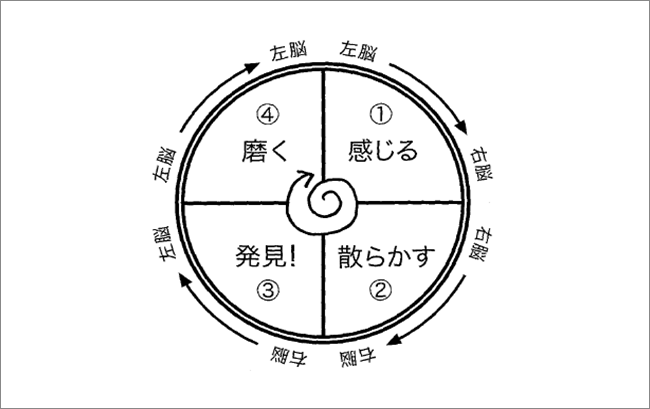When traveling through Tuscany or Bordeaux, you'll want to savor the joy of pairing local wines with regional cuisine. Even within Japan, nothing beats local sake with delicious local fare... but doesn't that mean you have to travel far from Tokyo? Not so fast. Just one train ride from Shibuya. A mere hour from Ikebukuro. Here, you can enjoy special sake alongside dishes rooted in the local land.
Higashimatsuyama in Saitama Prefecture boasts a unique culinary tradition called "yakitori." What makes it special? It's made from pork cheek meat, slowly grilled over charcoal. When you dip it in each shop's signature miso sauce and eat it, ah, it's simply exquisite.
To balance the sweet juices and savory sauce, you'll crave beer above all else. And actually, Higashimatsuyama is the birthplace of Coedo Beer, which has recently taken the global craft beer scene by storm. is actually the birthplace of Koedo Beer, which has recently taken the global craft beer scene by storm. Step through the curtain of a long-beloved local yakitori spot, gulp down the amber liquid born from groundwater pumped right here in town, and devour the large skewers. Then gulp some more, devour some more...
Is there any greater happiness than this?!
Indeed, Koedo Beer's momentum shows no signs of slowing. In 2018 alone, it won a total of 10 awards at five international competitions, including the World Beer Cup in the United States. While it currently exports to 20 countries, inquiries continue to grow.
However, when they first entered the beer business, it was a series of hardships, and at one point, they seriously considered withdrawing.
Originally, Kyodo Shoji, the company manufacturing and selling Coedo Beer, was an enterprise dedicated to organic farming in "cooperation" with farmers, based on the concept of "reliable, safe, and delicious." The previous president noticed barley that was plowed back into the fields without being harvested to avoid crop rotation problems, and that's where he got the idea for brewing beer.

Shigeharu Asagiri, President of Kyodo Shoji, which manufactures and sells Koedo Beer
The times were also favorable. Deregulation in 1994 made small-scale brewing possible. Amid the nationwide "local beer boom," Kyodo Shoji also developed an original product using locally grown Kawagoe sweet potatoes. Initially, it gained attention as a novelty, but its reputation spread as having a "distinct flavor" unlike ordinary beer, leading to over a decade of sales struggles.
In 2006, they shifted their focus from the "local beer" concept to "craft beer."

"Local beer" sells the "charm of the region." "Craft beer," on the other hand, makes "artisan skill" its key selling point. Amidst his struggles, President Asagiri "discovered" this term, which was scarcely used in Japan at the time. He then restructured all strategies around it. To put it bluntly, this seemingly minor change in wording—barely noticeable to outsiders but a life-or-death decision for those involved—sparked the subsequent remarkable success.
At the core of the Koedo brand is a series expressed through six "Japanese colors": "Marigold," "Lapis," "White," "Kyara," "Jet Black," and "Crimson." What they aim to convey through this is "Beer Beautiful." While the world boasts over a hundred beer styles, our approach isn't to emphasize "intense individuality." Instead, it's an attempt to craft "beautiful beer" through the delicate balance unique to Japanese craftsmanship.
This is the very world pursuing "Japanese craft beer." Looking back, such innovative efforts seem obvious – "Of course!" – but hearing about the actual process, one can only marvel at their unwavering belief in the power of the term "craft beer" amidst a situation where it "wouldn't sell."
How about it? Doesn't it make you want to have a drink? (lol)
Go ahead, give it a try!










